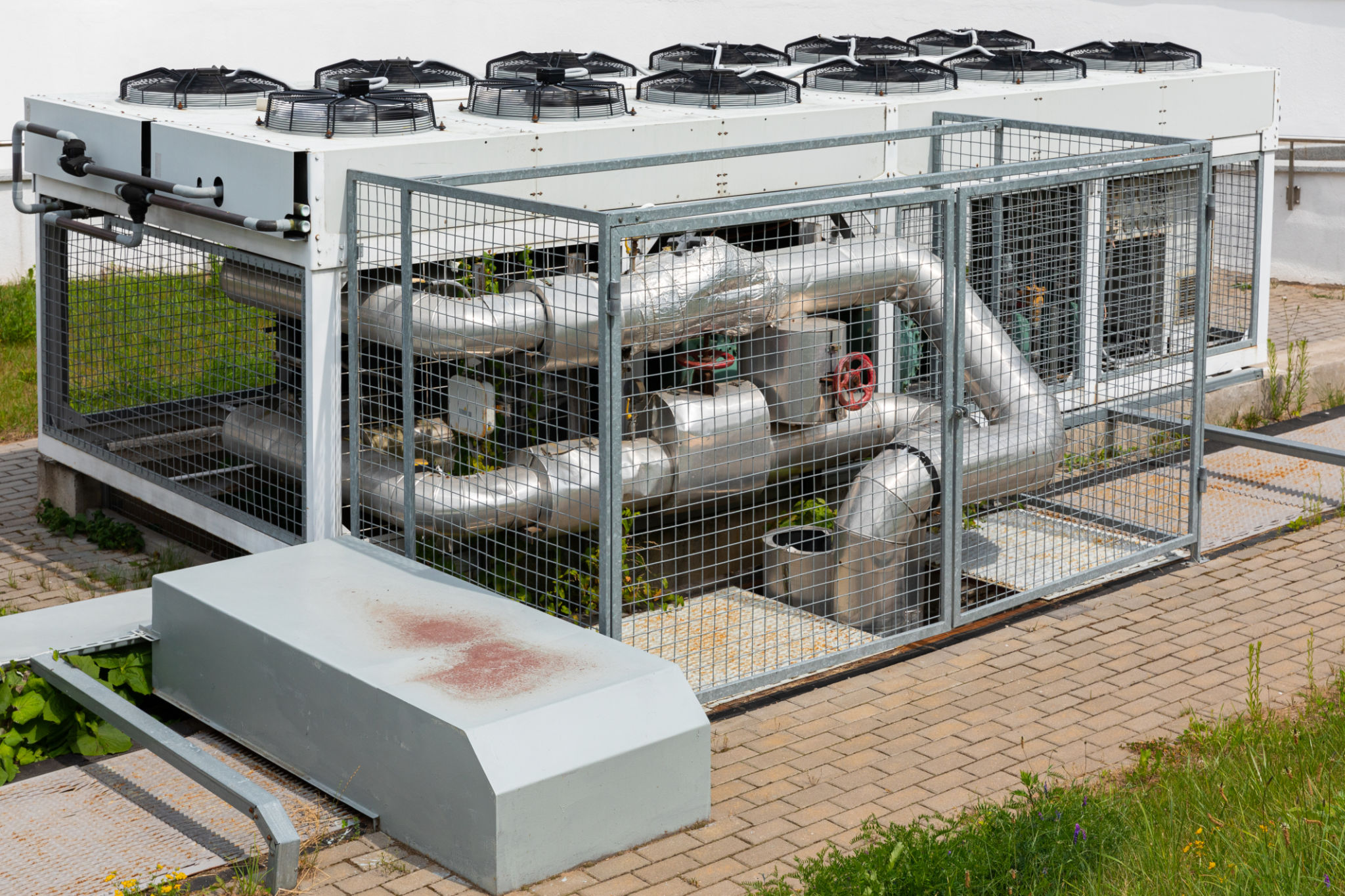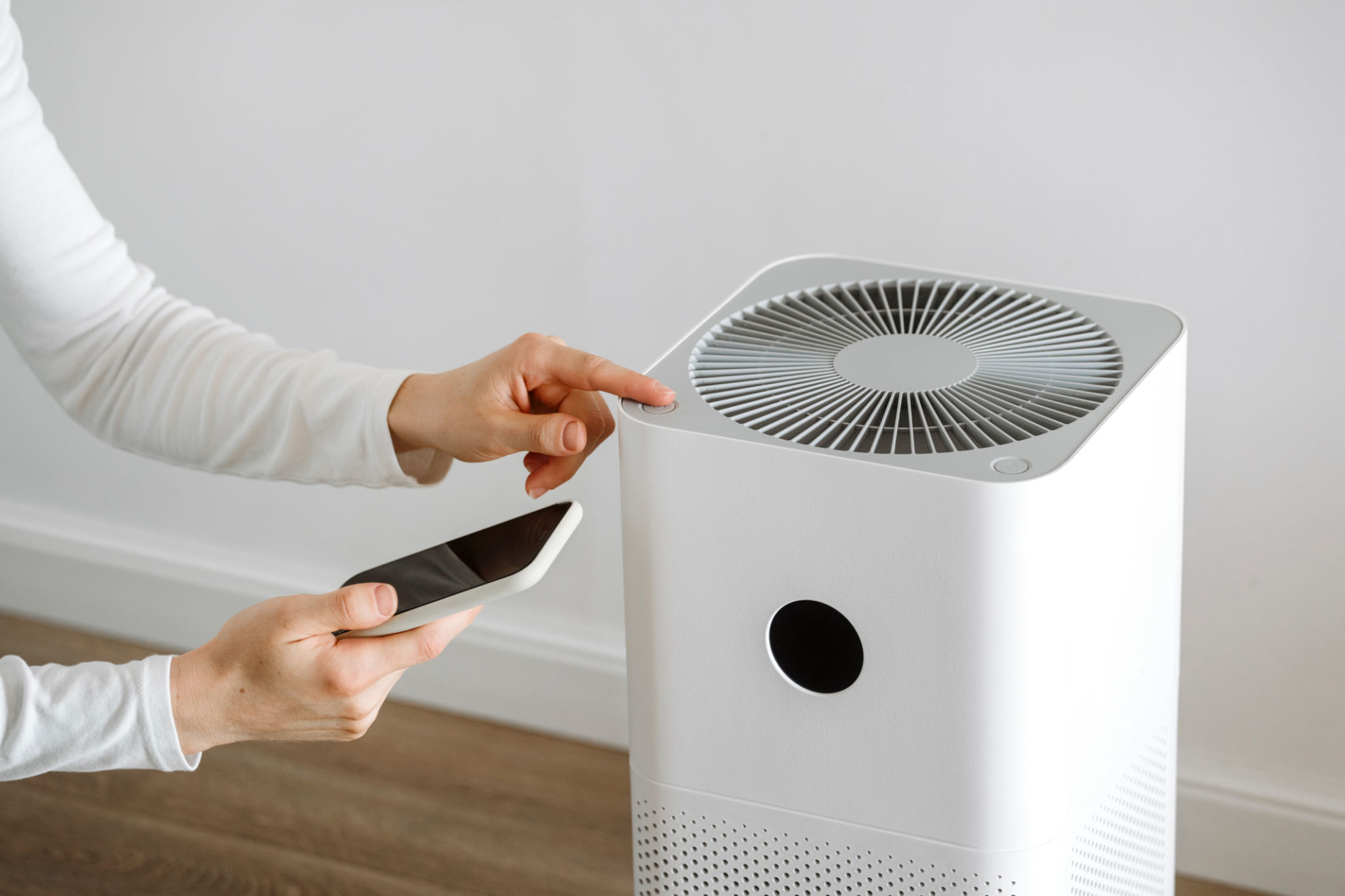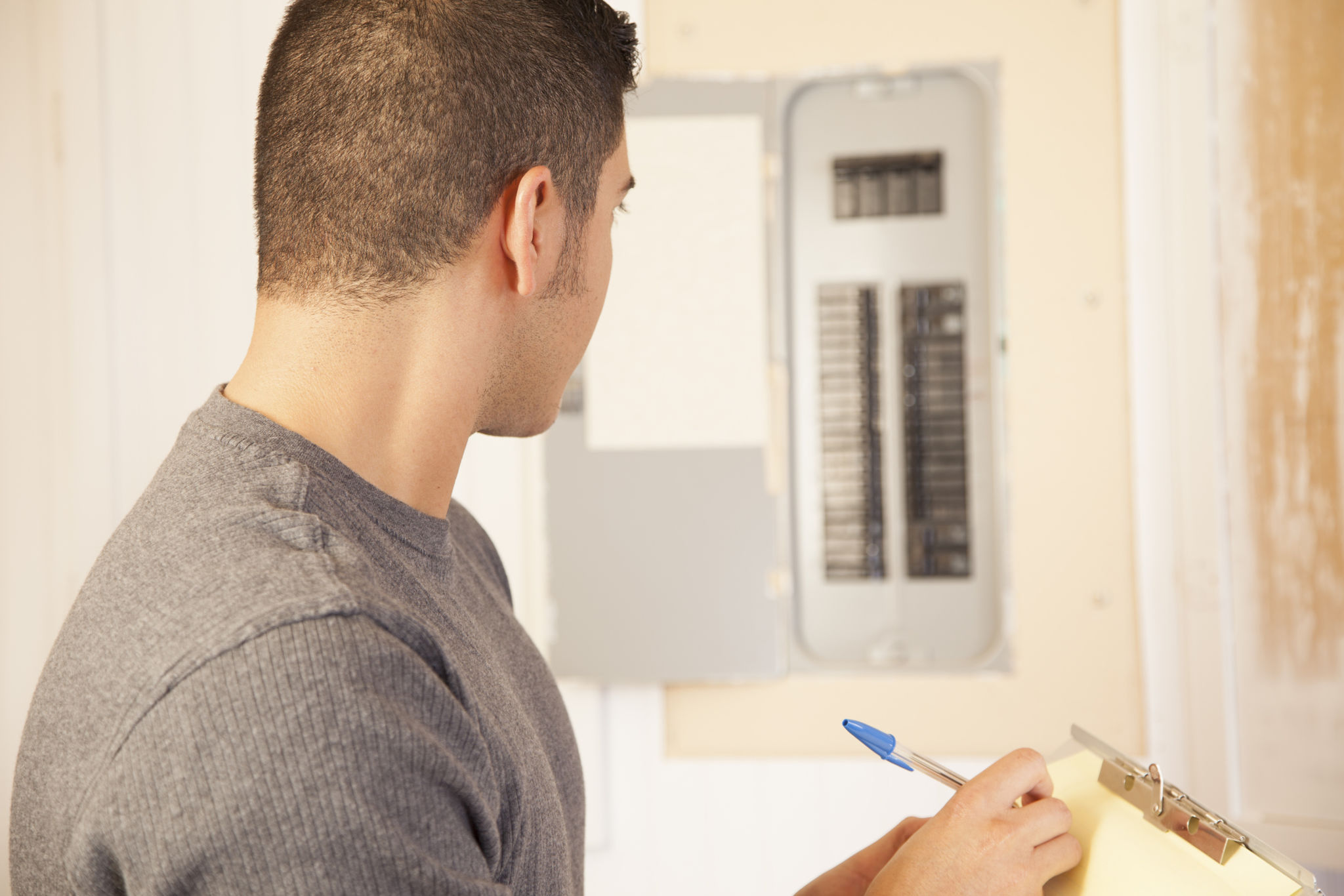How to Troubleshoot Common HVAC Issues Before Calling the Professionals
Understanding Your HVAC System
Before diving into troubleshooting, it's important to have a basic understanding of how your HVAC system works. The HVAC system is responsible for heating, ventilation, and air conditioning in your home. It typically consists of a furnace, air conditioner, ductwork, and a thermostat. Knowing the components will help you identify where issues might arise.
Common issues can often be traced back to simple problems that can be resolved without professional help. By learning to identify and troubleshoot these problems, you can save time and money. However, it’s essential to know when to call a professional to avoid causing further damage.

Checking the Thermostat
One of the first things you should check if your HVAC system isn't functioning properly is the thermostat settings. Ensure that it is set to the correct mode—either heating or cooling—and that the temperature setting is appropriate for your comfort.
If the thermostat is battery-operated, replace the batteries to see if this resolves the issue. Additionally, make sure the thermostat is clean and free of dust, which can interfere with its operation. If problems persist, consider recalibrating the thermostat according to the manufacturer's instructions.
Inspecting Air Filters
Dirty or clogged air filters are a common cause of HVAC issues. They can restrict airflow, causing the system to work harder than necessary and potentially leading to overheating or freezing. Check your air filters regularly and replace them at least every 1-3 months, depending on usage and the type of filter.

To inspect your air filter, locate it within the return air duct or near the furnace. Remove it and hold it up to a light source; if you cannot see light through it, it’s time for a replacement. Keeping filters clean not only improves efficiency but also enhances indoor air quality.
Examining Circuit Breakers
If your HVAC system won't turn on, check your home's circuit breaker panel. There may be a tripped breaker that is preventing power from reaching the system. Locate the appropriate breaker and reset it if needed.
Be cautious when dealing with electrical components and ensure that you follow safety protocols. If resetting the breaker does not resolve the issue, there might be an underlying electrical problem that requires professional attention.

Checking for Obstructions
Ensure that there are no obstructions blocking the airflow around your indoor and outdoor units. This includes furniture, drapes, or debris that might be restricting air circulation.
Additionally, clear any leaves, dirt, or other debris from around your outdoor unit's condenser. This allows for proper airflow and helps prevent overheating. Maintaining clear airflow paths can significantly improve your system's performance.
Listening for Strange Noises
Unusual noises coming from your HVAC system can indicate a problem. Rattling sounds might suggest loose parts, while squealing could indicate a worn belt or motor bearings.
If you hear such noises, try to locate their source and inspect for any visible issues. Tighten loose parts if needed, but if you are unsure or if the problem persists, it's best to call a professional for further inspection.
Recognizing When to Call Professionals
While many common HVAC issues can be resolved with simple troubleshooting steps, some problems require professional expertise. If you've attempted these steps and your system is still not functioning correctly, it’s time to call in a professional.

Professionals have the tools and experience to diagnose complex issues and ensure that repairs are done safely and effectively. Regular professional maintenance can also help prevent future problems and extend the life of your HVAC system.
